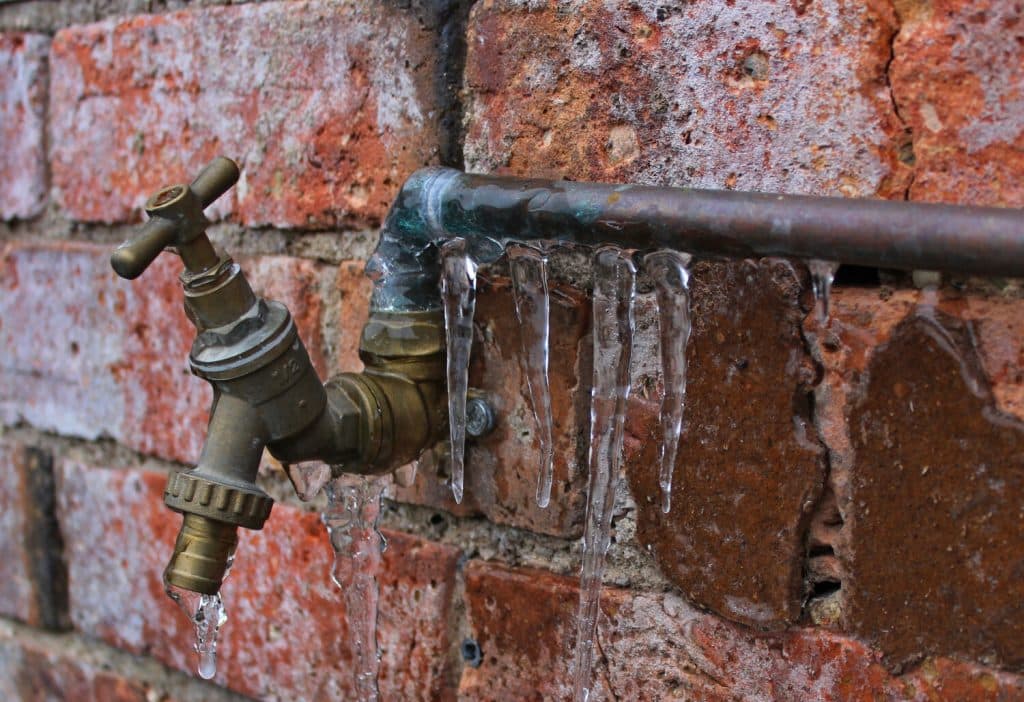Are Your Home’s Plumbing Pipes Ready For Winter?
If you have lived in your current home for several years, you know the location of all the water lines. And you probably know how well those pipes react to cold weather and the challenges of the year’s colder months. However, if you have some mild winters, or this is your first winter in a new home, you need to invest a little time preparing for the cold weather that could damage or destroy your home’s plumbing lines, fittings, and fixtures.
Think About Cold Air Spaces Inside Your Home
While we all like to keep our homes comfortable and warm in the winter, there are some spaces that many homeowners will overlook that could contain water lines. The most obvious of these areas are the unfinished spaces like a basement, attic, attached garage, or crawl space. These are very likely to house some of the water pipes that service the various rooms in your home. But they are not afforded the heat that is coming from your furnace or boiler. So they can get frighteningly cold in the wintertime. And the result is frozen water lines that crack or shatter, leaving you with water damage but no usable water service in your home.
The other spaces that are often overlooked are those that you do not use regularly. It could be a spare bedroom and bathroom, guest accommodations, or even an entire wing on the house that children occupied. But now, as empty-nesters, you have those spaces closed off. And while that is an economical choice, you need to be sure that water lines in those areas are protected from freezing. It could mean increasing the heat to those areas, leaving cabinetry doors open to allow heat to reach under sink pipes, insulating the pipes, or even installing pipe warmers to ensure that the lines do not freeze.
Being Proactive
Taking a few minutes in the fall or early winter to look at the water lines running through your home is a very worthwhile investment. When you discover exposed piping in areas with little or no heat, estimate the pipes’ length and head to the local big-box store to purchase the appropriate amount of pipe wrap or pipe insulation. In most areas of the country, the foam insulation is sold in sections about five feet in length. There is a lengthwise cut in the foam so that you can easily slip it over any exposed pipes to provide added insulation from the cold. The materials are very affordable, and the installation will take only minutes. But it could save you thousands of dollars in water damage, plumbing repairs, and much frustration.
When The Worst Occurs
If you have not invested the time to wrap or insulate your water line, you should know what to do in the event of a frozen pipe. You will most likely discover the problem when you open a water faucet. Only a trickle of water or no water comes out. This is when you need to examine the water lines in open or exposed areas closely.
When you locate the frozen section of the pipe, hopefully, it has not burst the pipe. If the line is not burst, quickly use a hairdryer to thaw the ice. If the pipes are cracked, turn off the main water valve to your home and open any faucets at the lowest point in the plumbing system. It could be in the basement or a bathtub. This process will drain as much water as possible. Then, have buckets handy to catch as much water as possible when you thaw the ice with a hairdryer. Check for other frozen sections, leaks, and damage to the lines or call (706) 303-0987 to have the pros from Drain Surgeon inspect your home for freeze damage and issues. Our team of pros is always here for you.





